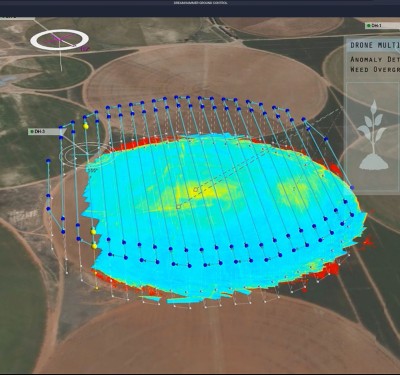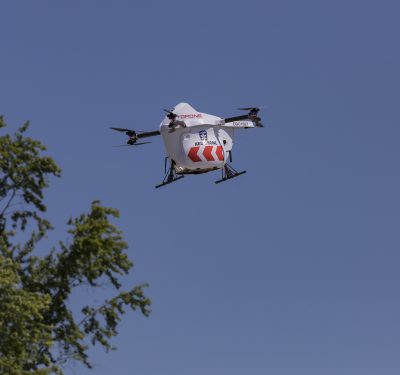Since its founding in Germany in 2015, Quantum Systems has steadily evolved from a commercial drone startup into a global aerial intelligence company. With a portfolio that spans advanced ISR platforms like the Vector AI and scalable dual-use systems like Twister, the company has found success in both government and commercial markets.
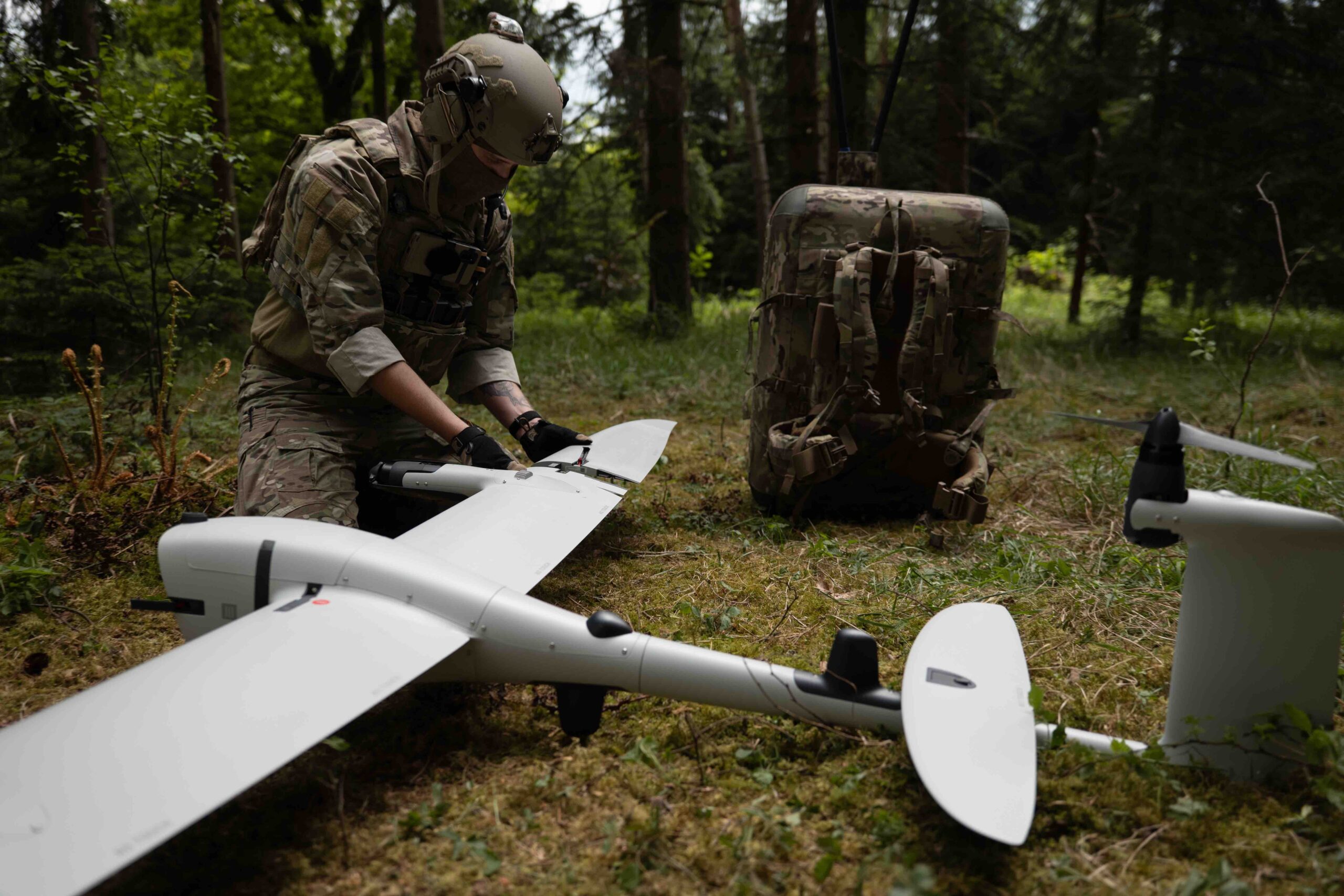
At the helm of its U.S. operations, CEO Dave Sharpin is leading efforts to expand production, refine autonomy in contested environments, and redefine what unmanned systems can do.
“We’re not just building drones. We’re delivering aerial intelligence,” Sharpin told Inside Unmanned Systems. “That means operating in the toughest conditions imaginable—and doing it reliably.”
FROM MUNICH TO THE FRONT LINES
Quantum Systems was originally rooted in academic and military experience, launching with the Trinity mapping platform to serve surveyors and enterprise users. But in 2019, the company introduced Vector, a fixed-wing VTOL UAS explicitly designed for ISR. That system, and its successors, would soon find themselves at the center of geopolitical flashpoints.
“We donated our first systems to Ukraine in March of 2022,” Sharpin said. “That’s grown into more than 800 Vectors in theater. We even have a production facility inside Ukraine now, where we build and test aircraft.”
Ukraine became both proving ground and innovation lab for GPS-denied autonomy and AI-enhanced ISR, Sharpin said. “When the war started, it was easier to fly. Then came the jamming. GNSS and comms were both disrupted. Our systems had to adapt—and fast.”

What followed was a stepwise transformation of Quantum’s autonomy stack. Early adaptations included “Lindbergh-style” dead reckoning. Then came radio-based navigation. Today, Vector AI flies and targets entirely visually.
“We use two NVIDIA Jetson boards,” Sharpin explained. “One for payload processing, one for mission autonomy. We’re not just navigating without GPS. We’re completing ISR missions fully autonomously, even under jamming.”
The resulting capability is not just flying under GPS denial but completing the ISR mission while jammed. “You have to know your location and the target’s location,” Sharpin said. “We’ve built that into Vector AI.”
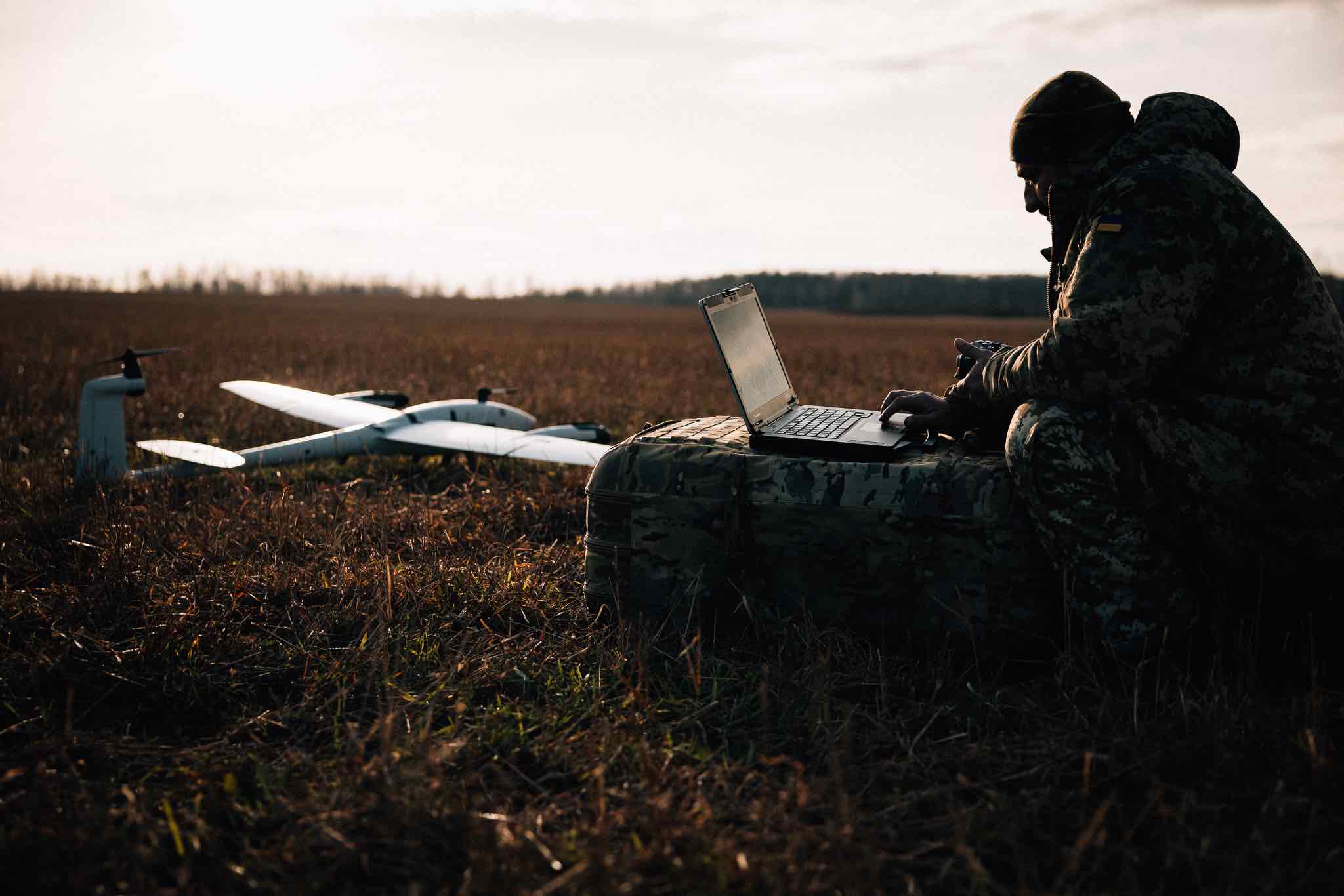
BUILDING THE ISR EDGE
Quantum Systems Inc.’s newly inaugurated U.S. facility, its largest to date, will build the full family of ISR platforms for North and South American customers. The site complements facilities in Munich, Australia and Ukraine, forming a 24-hour global test and production loop.
“This facility allows us to scale everything we’ve learned—from SOCOM deployments to battlefield resilience in Ukraine—to customers across the Western Hemisphere,” Sharpin said.
Platforms include:
• Vector AI: An advanced ISR platform with fully autonomous navigation and targeting.
• Twister: A modular, dual-use UAS designed for first responders and military squads.
• Reliant: A larger system in development for extended-range ISR.
• Trinity: The original mapping solution, now a basis for enterprise integration.
The Vector line is already in use by U.S. Special Operations Command (SOCOM), the Department of State, and other federal entities. It’s also undergoing Blue UAS certification—critical for U.S. government adoption.
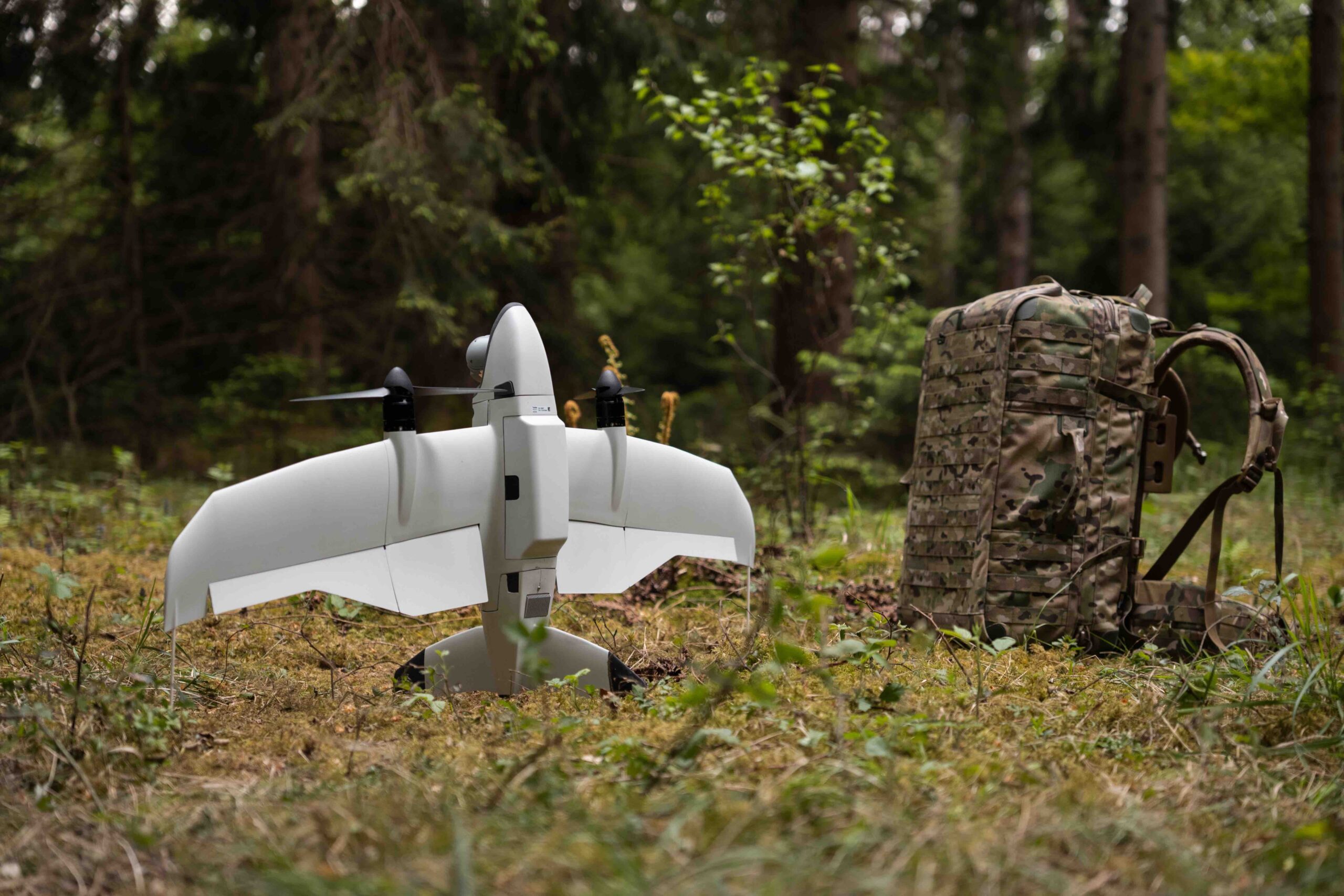
DUAL-USE AT THE CORE
Sharpin emphasized that dual-use isn’t a marketing label—it’s a core design philosophy. “Twister was built from the ground up to serve both military and commercial needs. Whether you’re a soldier or a first responder, you need reliable ISR.”
In the U.S., this means supporting Drone as First Responder (DFR) programs. “That’s a key application space for us. DFR aligns with our mission: to save lives,” Sharpin said. “It also helps build public trust in drones. People see these systems saving lives.”
Twister, designed from inception for flexibility, will offer enterprise users a payload suite tailored for public safety and inspection applications. “We’re not just taking a military product and repackaging it. This was meant to serve both markets from the start.”
LESSONS FROM UKRAINE, APPLIED AT HOME
Despite battlefield validation, Sharpin notes that the U.S. government could benefit from these capabilities if procurement processes speed up. “When you see these capabilities detailed in solicitations, then it’s real. The Army’s done the best job integrating EW-resilience into their transformation efforts.”
Quantum is in the process of joining in the Defense Innovation Unit’s (DIU) Blue UAS program and is closely tracking DIU’s new “GSA out” initiative, aimed at accelerating fielded systems to end users. “That’s a change in tone,” Sharpin said. “It’s not just R&D. It’s about delivery.”
The company also took part in Army operational testing involving denied comms and GPS, where autonomy was the key discriminator. “Flying is one thing. Completing the mission while jammed—that’s the standard we’re holding ourselves to.”
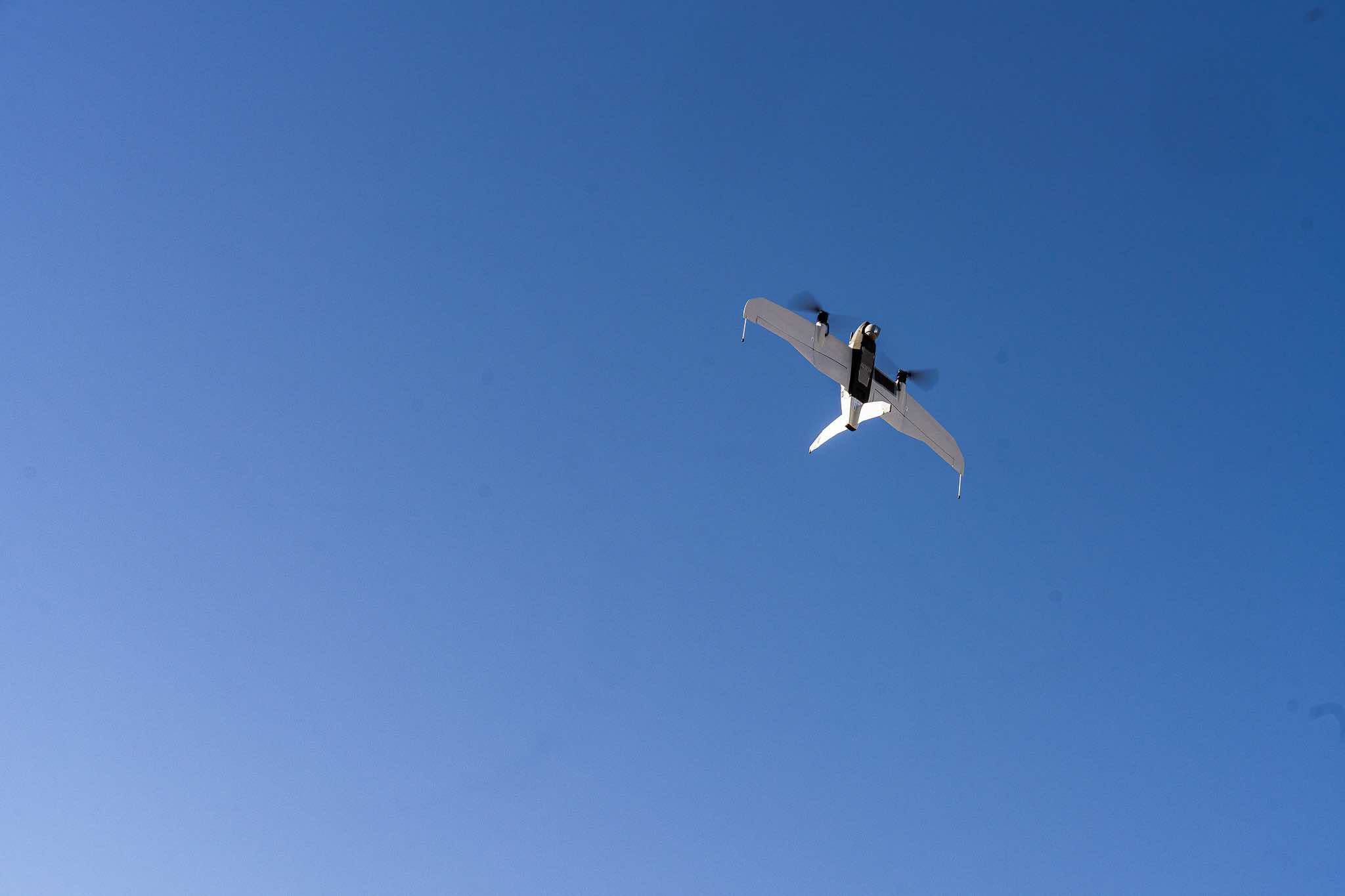
REGULATORY ACCELERATION AND STRATEGIC AUTONOMY
On the commercial side, Sharpin is cautiously optimistic about the White House’s push for a BVLOS rule. “Thirty days is ambitious. But the executive order signals urgency. The FAA needs to understand drones aren’t side projects. They’re central to both national security and economic growth.”
He emphasized that regulatory inertia has stifled innovation: “Five years ago, we said drones would be everywhere. They’re not. And that’s because the rules haven’t caught up.”
A mature BVLOS rule could unlock growth across Quantum’s commercial offerings, particularly for first responders and infrastructure inspection. “We’ve built the tech. Now we need the regulatory runway.”
A GLOBAL COMPANY WITH A LOCAL FOCUS
“We act globally, but respond locally,” Sharpin said. “We have teams testing platforms 24/7 across four regions. That means faster innovation, more robust systems, and resilient supply chains.”
Quantum’s four production sites allow for continuous integration and iterative testing. “We’re doing software updates and testing around the clock. It compresses the innovation cycle dramatically.”
Sharpin believes this operational model gives Quantum a durable edge. “Others build in one place and ship. We build and test globally. It means better systems and more responsiveness to what users actually need in the field.”
As Quantum scales its ISR offerings, the company remains focused on what Sharpin calls a defining industry inflection point. “UAS are no longer adjunct tools. They’re mission-critical. Our job is to make sure they stay that way—and that they can complete the mission when it matters most.”


